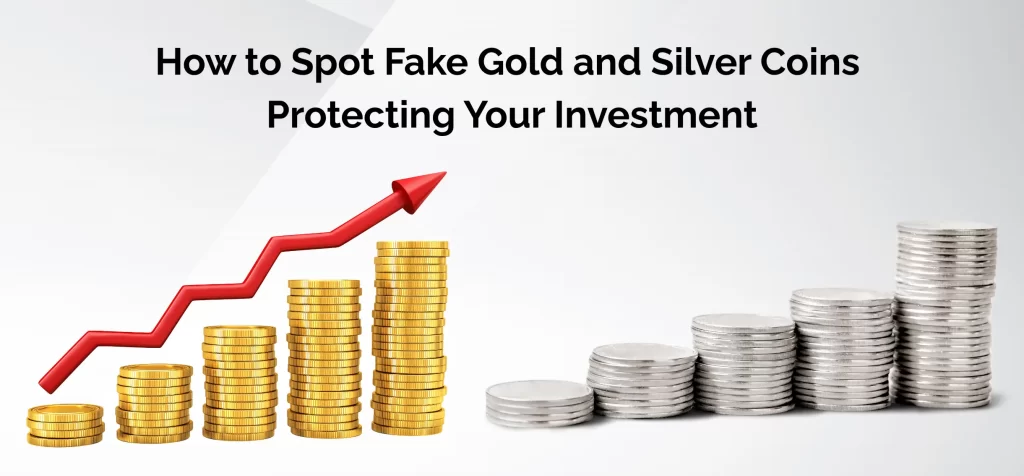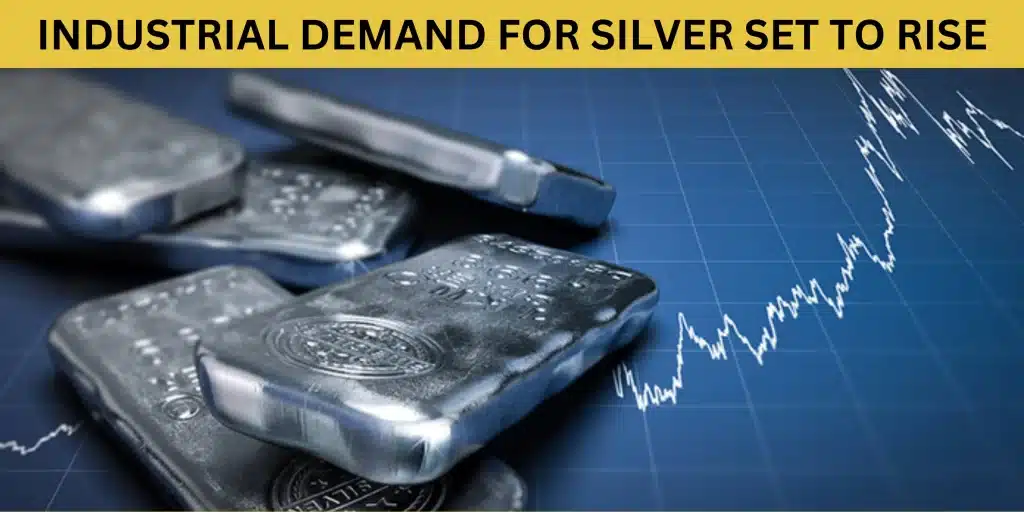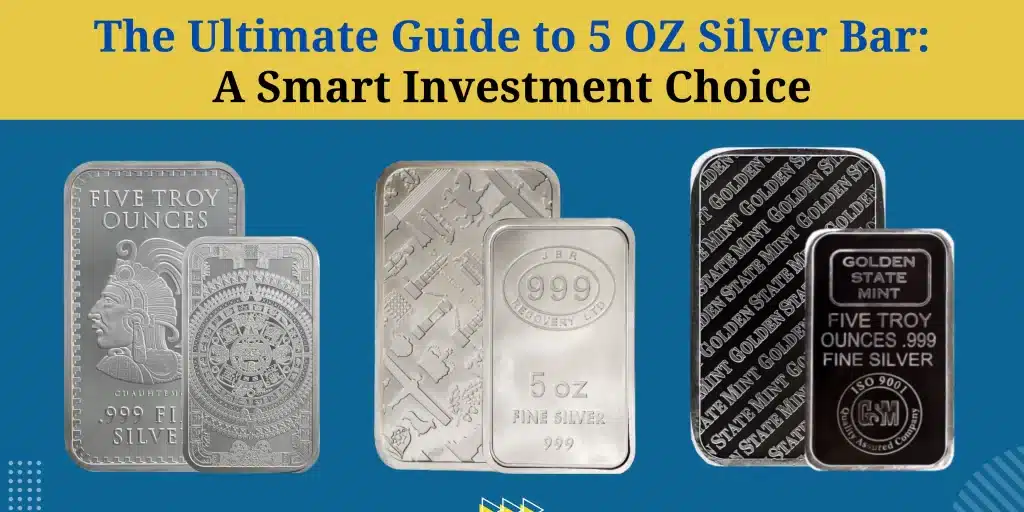How to Spot Fake Gold and Silver Coins: Protecting Your Investment
In today’s booming precious metals market, gold and silver coins are more than just beautiful collectibles — they’re solid investments. But as demand increases, so does the risk of counterfeits. Fake coins can look shockingly real to the untrained eye, and falling for one can cost you thousands.
Whether you’re a seasoned investor or just starting out, learning how to spot fake gold and silver coins is crucial to protecting your investment and making smarter buying decisions for precious metal.
Why Fake Coins Are a Real Threat
Counterfeiters are getting more sophisticated, using advanced techniques to replicate everything from design details to weight and color. Some fakes are made of base metals like copper, tungsten, or nickel and then plated to resemble gold or silver.
This poses serious risks:
- You lose real money on worthless metal.
- Your investment portfolio gets compromised.
- Selling or trading fakes is legally risky.
So, how can you make sure you’re holding the real deal? Let’s break it down.

10 Ways to Spot Fake Gold and Silver Coins
1. Visual Inspection
Genuine coins have sharp, defined edges and consistent lettering. Fake coins often have:
- Blurry details
- Uneven spacing
- Off-center designs
Compare the coin with a high-resolution image from a trusted source like the U.S. Mint or an official bullion dealer.
2. Magnet Test
Gold and silver are non-magnetic. If your coin sticks to a magnet — it’s likely fake or plated. Use a strong neodymium magnet for this test.
3. Weight and Dimensions
Every genuine coin has specific weight and diameter. For example:
- 1 OZ American Silver Eagle = 31.1 grams
- 1 OZ American Gold Eagle = 33.93 grams (because of alloy content)
Use a precision scale and digital caliper to check if the coin’s size and weight match official specs.
4. Ping Test (Sound Test)
Genuine silver and gold coins produce a distinct, clear ringing sound when gently tapped. Fakes often sound dull or flat. Try a free coin ping app to compare sounds!
5. Water Displacement Test
Use Archimedes’ principle: drop the coin into water and measure the displacement. Since gold and silver are dense, they’ll displace less water than counterfeit coins made from lighter metals.
6. Acid Test
For serious testing, gold and silver acid test kits are available. However, this may damage the coin’s surface, so it’s best reserved for non-numismatic bullion or scrap.
7. XRF Analyzer
A non-destructive, high-tech option — X-Ray Fluorescence (XRF) analyzers can accurately test metal composition. While pricey, some coin shops and dealers may offer this service for a small fee.
8. Certifications and Packaging
Buy coins in tamper-proof slabs or original packaging from:
- PCGS (Professional Coin Grading Service)
- NGC (Numismatic Guaranty Corporation)
These often come with a unique serial number and barcode for verification.
9. Dealer Reputation
Always buy from reputable dealers with:
- Verified reviews
- Industry certifications
- Clear return and buyback policies
10. Price Too Good to Be True? It Probably Is.
If a deal is well below market value, it’s a red flag. Scammers lure buyers with cheap prices to offload fakes. Always compare with the current spot price before making a purchase.
How to Protect Yourself When Buying Precious Metals
Avoiding counterfeit coins starts with taking smart precautions. Here’s how to make sure every gold or silver purchase is 100% authentic and secure:
Buy from Authorized Dealers
Don’t gamble with your investment. Always choose dealers that are:
- Certified by the U.S. Mint or other recognized mints (e.g., Royal Canadian Mint, Perth Mint).
- Have a long-standing reputation with real customer reviews.
- Offer transparent pricing and physical addresses — not just a flashy website.
Buying from reputable platforms like Gibraltarira.com, significantly lowers the risk of encountering counterfeits. These companies source directly from the mint or vetted suppliers.
Request Documentation
Always ask for proof of authenticity. This may include:
- An invoice with full coin details (type, weight, purity, mint mark)
- A Certificate of Authenticity (COA) for collector or proof coins
- An assay card for bullion bars and some coins, verifying weight and purity
- Serial numbers that match with tamper-proof packaging (especially for stabbed coins)
These documents offer protection for resale, appraisals, and insurance purposes.
Avoid Peer-to-Peer Transactions
While it may seem cheaper to buy coins from individuals on:
- Craigslist
- Facebook Marketplace
- Coin forums
…it’s actually much riskier. Scammers often use realistic images, fake certifications, or clever language to fool buyers. Unless you’re an expert with tools to verify the coin on the spot — don’t take the risk.
Stick to well-known online retailers or local coin shops with a professional reputation.
Store Safely
Once you’ve secured genuine coins, you need to protect them physically:
- Use a home safe that’s fireproof, waterproof, and bolted down.
- Avoid touching coins with bare hands; use gloves to prevent tarnishing.
- For larger collections or long-term storage, consider a professional precious metals depository (especially for IRA-held metals).
- Don’t keep your entire stack in one place — diversify storage locations if possible.
Proper storage preserves your coin’s condition and shields your investment from theft or damage.
Frequently Asked Questions (FAQs)
Q1: What is the easiest way to tell if a coin is real or fake?
The easiest method is the magnet test — real gold and silver are not magnetic. Combine this with visual inspection and weight/dimension checks for better accuracy.
Q2: Can fake coins have the same weight as real ones?
Some high-quality fakes may mimic weight closely by using metals like tungsten, which is dense like gold. That’s why checking dimensions, sound, and material composition is equally important.
Q3: Are proof coins more likely to be faked?
Yes, because of their higher value, Silver Eagle Proofs and rare collector coins are common targets. Always buy proof coins in original, sealed packaging with a certificate of authenticity.
Q4: Can I return a fake coin if I bought it unknowingly?
That depends on the seller’s return policy. Reputable dealers usually offer return or buyback options. If you bought from an individual or shady seller, recovery might be difficult — so always check policies before buying.
Q5: How accurate is the ping test for detecting fake coins?
The ping test can help identify fakes based on sound frequency, but it’s not foolproof. It’s best used alongside other methods like magnet and weight testing.
Final Thoughts: Stay Sharp, Stay Secure
Fake gold and silver coins are getting better — but so are your tools to detect them. By following these steps, you can confidently buy, sell, and collect without falling for costly traps.
Investing in precious metals should bring peace of mind, not paranoia. So, take your time, trust your research, and partner with reliable dealers like Gibraltarira.com to build your portfolio the right way.




